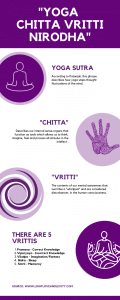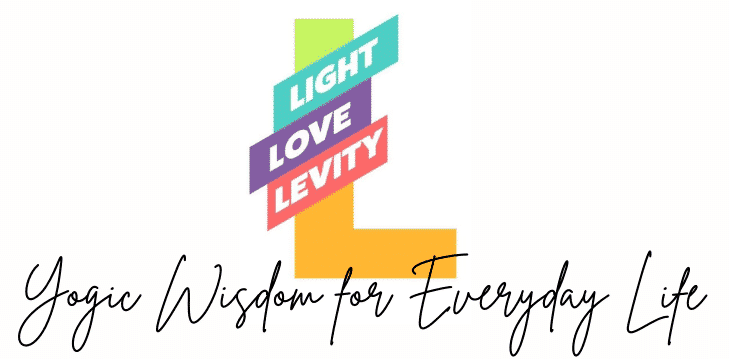Knowing your yoga style can help get you to the right class at the right time. Yoga practices come in all shapes, sizes, and flavors, just like yoga students do. When we talk about your ‘yoga style’ we don’t mean your penchant for a particular type of mat or meditation clothes. Fair warning, not all Hatha Yoga classes are the same…at all. After all, yoga is about honoring who you are, how you are, and there is no such things as a one-size-fits-all practice approach for that. Your ‘style’ is a reference to the variation of practices that you use, or desire to try, and often the lineage that it comes from.
Why Are There So Many Styles of yoga?
Choosing your practice usually begins with an intense preference for one particular style of yoga that just speaks to you. It’s common to find that ONE class that you just keep going back to because it suits you, and that’s beautiful. Over time, we realize that the first class that suits us is just the beginning, not the final destination of our yogic journey.
Think, sometimes we need more than what we love most, to take the best possible care of ourselves. For example, we need more than French fries to keep us healthy and alive. Well, yoga works the same way. For today, we’re going to explore 4 common practices and ask ourselves, “What do I need today in order to let go of what I need to let go of, and to serve my mind-body best?”
The longer you stay with that practice and experience all of its benefits, the more apt you become to try other yogic practices that help you discover new layers of yourself and lend balance to the practice that you prefer most.
Whether you’re a beginner an experienced yogi, there is always something to nourish you to be found in checking out new practices. Take what you like and leave the rest.
4 Common Core Hatha Yoga Practices
Creating a practice and exploring new potential additions to it is a lot of fun. However, I do recommend that you know a little about different yogic offerings before you show up to class. Surprises can be cool, but it’s usually better to know before you go. First, eyeball types of classes and see what speaks to you. Then, give it a go. At the end of the day, you’ll learn a lot about the mind-body in the process.
Active Asana
Active classes are what most people think of when they hear “yoga”. It is a practice of moving the body through different physical exercises (poses = ‘asana”) that create space, strength, and balance in the physical body. Active yoga practices are usually called warm, power, or hot in their class descriptions. These are the classes that focus on movement, flexibility, strength building, physical conditioning, etc.
They require active physical effort in pursuit of mind-body-spirit unity. The energetic effort required in active classes ranges from low, moderate to high, and some classes may be done in a cool room, a warm one, or even in a hot environment for different focal points and outcomes.
Yin Yoga
Yin is a cold, slow-moving class where poses are held for a longer period of time. The room is always cool and the sequencing is unlikely to produce any increase to student’s body temperature. The poses offered here produce passive, intense sensations for creating space in the joints and ligaments of the physical body. While it is slow-moving, Yin requires passive effort, meaning that while you won’t break a sweat, the asana is distinctly challenging and require prowess to maintain.
Yoga Nidra
Nidra is a physical practice of stillness, with no physical effort. Though the body is still, the mind exerts a range of effort as it responds to verbal stimulation and tasks. Through teacher-led meditation, the focus of practice is on cultivating profound awareness of mind-body-spirit unification. Often, it is referred to as yogic sleep.
Restorative Yoga
Restorative yoga is a quiet practice of no effort. With total physical support, these classes are calm and gentle, holding poses for long periods of time to nourish and restore the physical body. There is effort exerted in the moving between poses, however, the transitions are few and migrate from one supportive pose to the next.
Whichever Your Choose: Be Well
There is no right or wrong way to spend your time on the yoga mat. In this, we see how your yoga style may be completely different from that of someone else, and that is perfectly okay. Ideally, instead of becoming attached to one particular type of yoga, we grow and evolve to understand that there are many ways to honor the mind-body at different times. Today, just ask, “what does your mind-body need right now?”



